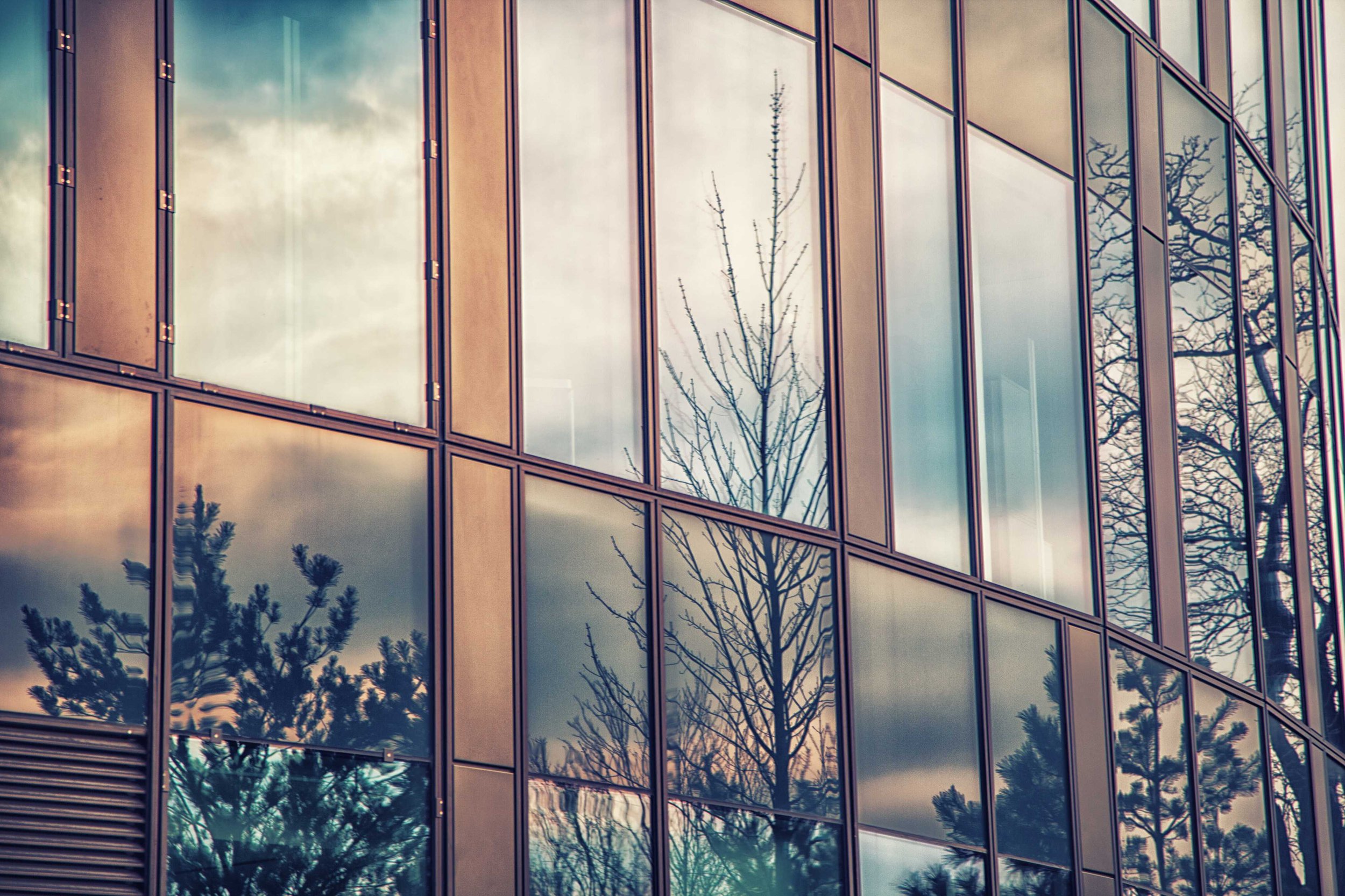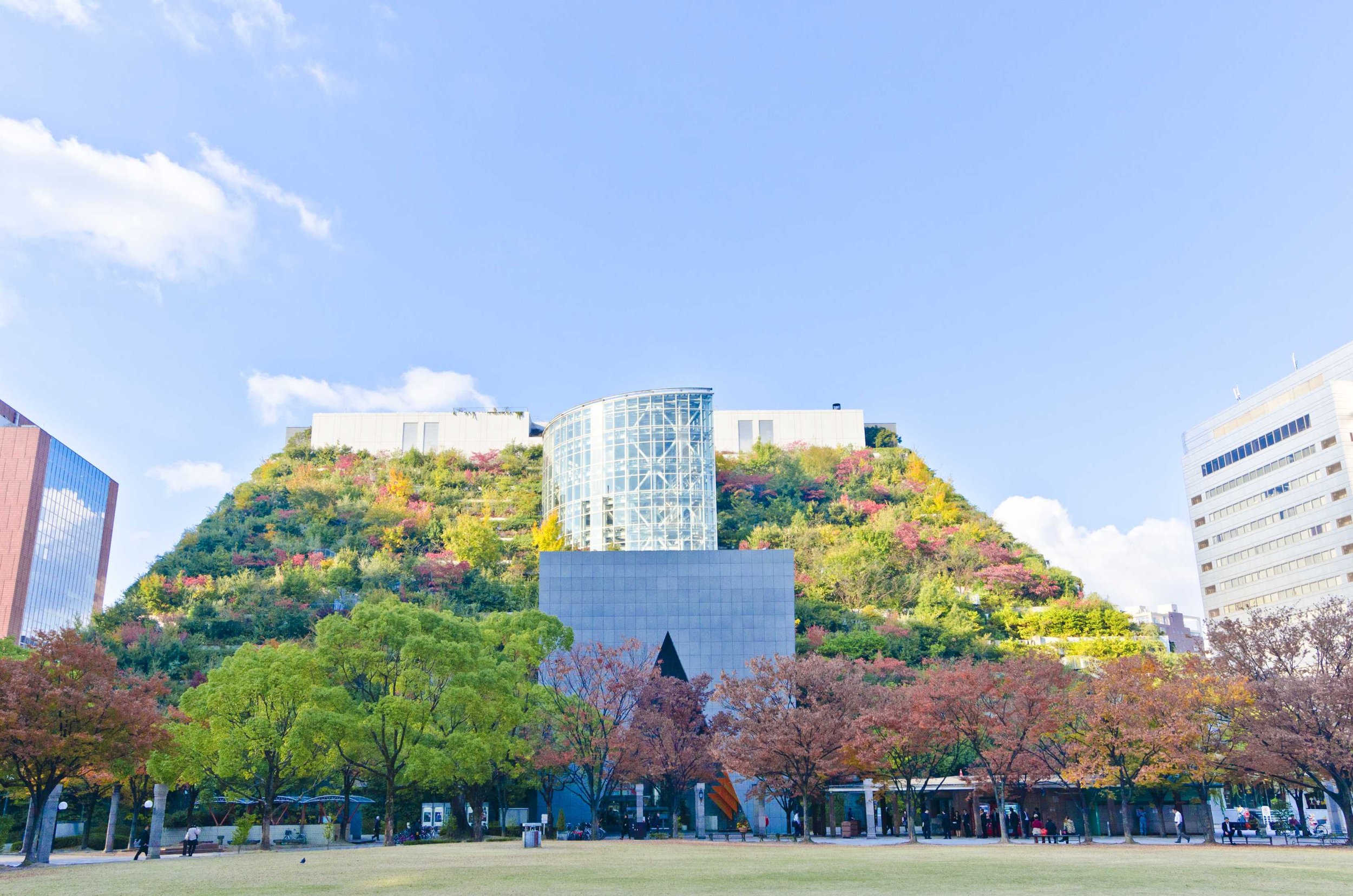4 dos edifícios mais sustentáveis do mundo
A sustentabilidade é cada vez mais uma grande preocupação tanto para a população no geral como para as empresas. Para abordar esta questão, muitos arquitectos, engenheiros e proprietários de edifícios têm vindo a explorar novas formas de conceber e construir edifícios sustentáveis.
Neste artigo de Arquitendências, iremos destacar quatro dos edifícios mais sustentáveis do mundo. Estas estruturas não só reduzem o consumo de energia, como também têm um impacto positivo no ambiente, na economia e no bem-estar dos habitantes das cidades onde estão localizados.
Estes edifícios servem de inspiração para aqueles que procuram criar um futuro mais sustentável.
Shanghai Tower - Xangai, China
A Shanghai Tower é um arranha-céus histórico localizado no coração de Xangai, a maior cidade da China. É o terceiro edifício mais alto do mundo, com 632 metros de altura.
A torre foi concebida com a sustentabilidade em mente, e incorpora uma série de características e tecnologias para reduzir o seu impacto ambiental e promover a utilização eficiente dos recursos.
Uma das características sustentáveis mais notáveis da Shanghai Tower é o sistema integrado de recolha e reutilização da água da chuva, que capta esta água e a utiliza para irrigação, descarga de sanitas e outras utilizações não-potáveis. Isto ajuda a conservar os recursos hídricos e a reduzir a procura global de água doce por parte do edifício.
A torre faz também uso de sistemas de iluminação e aquecimento/arrefecimento eficientes em termos energéticos, e está equipada com isolamento de alto desempenho para reduzir o consumo de energia. Além disso, dispõe de um sistema de parede de cortina dupla que ajuda a regular a temperatura do edifício e a melhorar a eficiência energética.
Os responsáveis pelo projeto também fizeram uso de materiais de construção sustentáveis, tais como aço e betão reciclados, e incorporaram espaços verdes, tais como jardins no telhado. Isto ajuda a promover a biodiversidade e a reduzir a pegada global de carbono do edifício.
A Shanghai Tower é um excelente exemplo de um design de edifício sustentável e ambientalmente consciente. Através da sua integração de conservação de água, eficiência energética e materiais sustentáveis, estabelece uma fasquia alta para o design sustentável no ambiente construído.
Museu do Amanhã - Rio de Janeiro, Brasil
O Museu do Amanhã no Rio de Janeiro, no Brasil, é um museu de renome mundial que também foi concebido com a sustentabilidade em mente. A arquitetura única do edifício, combinada com o seu design e tecnologia ambientalmente conscientes, fazem deste museu um verdadeiro modelo de sustentabilidade.
Uma das principais características sustentáveis do Museu do Amanhã é a utilização de energias renováveis. O edifício está equipado com um grande sistema fotovoltaico que gera eletricidade a partir da energia solar, e também utiliza turbinas eólicas para gerar energia adicional. Não só ajuda a reduzir a pegada global de carbono do edifício, como também a sua dependência de fontes de energia não renováveis.
Além disso, o Museu do Amanhã foi projetado de forma a maximizar a luz natural, o que ajuda a reduzir o consumo de energia e a melhorar a eficiência energética global do edifício.
À semelhança da Shanghai Tower, este edifício também faz uso de sistemas de recolha e reutilização da água da chuva, incorpora espaços verdes, como um jardim na cobertura, e utiliza materiais de construção sustentáveis, como aço e betão reciclados, a pensar num futuro mais sustentável.
Através da sua concepção inovadora, utilização de energia renovável, e foco nas práticas de construção sustentável, o Museu do Amanhã é sem dúvida um exemplo inspirador no domínio da arquitectura sustentável.
Pixel Building - Melbourne, Austrália
O projeto do Pixel Building consiste num edifício de apenas quatro andares em Melbourne, na Austrália, com uma impressionante variedade de tecnologia e inovação de design sustentável.
O objectivo ambicioso para o Pixel Building era que se tornasse no primeiro edifício de escritórios na Austrália neutro em carbono. Para tal, gera a sua própria energia e água através de turbinas eólicas no local e tem um telhado verde que utiliza a evapotranspiração da água cinzenta do edifício.
Concebido para ser equilibrado em termos de água, este edifício poderia, se necessário, desligar-se da rede elétrica e ser autossuficiente para todas as suas amenidades, excluindo o consumo de água pelos ocupantes.
De modo a reduzir o carbono incorporado do Pixel Building, o projeto utilizou betão de baixo carbono, cunhado como Pixelcrete, e material de construção reciclado de fonte sustentável.
O Pixel Building alcançou 105 pontos LEED e obteve uma classificação perfeita de 6 Estrelas Green Star - Office Design v3 de 105 pontos, sendo a classificação mais alta alguma vez atribuída pelo Green Building Council da Austrália.
Este edifício demonstra como a excelência e a inovação podem ultrapassar as fronteiras do design sustentável, e apesar de ser apenas um pequeno edifício, o seu impacto será sentido no design de outros edifícios de escritórios na Austrália e em todo o mundo.
ACROS Fukuoka - Japão
O edifício ACROS Fukuoka na cidade de Fukuoka, no Japão, é um fantástico edifício de escritórios com dois lados muito distintos: um lado parece um edifício de escritórios convencional com paredes de vidro, e o outro lado conta com um enorme telhado de terraço que se une com um parque.
Os terraços de jardim, que vão até cerca de 60 metros acima do solo, contêm cerca de 35 mil plantas, num total de 76 espécies. Um enorme átrio semicircular e o lobby triangular contrastam com o verde, num espaço onde há uma sala sinfónica, escritórios e lojas.
O edifício foi construído no último espaço verde restante no centro da cidade, pelo que os arquitectos responsáveis criaram um projecto que preserva o espaço verde tanto quanto possível, ao mesmo tempo que ainda se encaixa num grande edifício de escritórios.
Além disso, o telhado verde reduz o consumo de energia do edifício, porque mantém a temperatura no interior mais constante e confortável. Os telhados verdes também captam o escoamento da água da chuva, e suportam a vida de insectos e aves.






